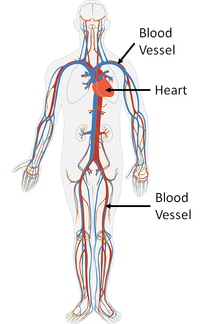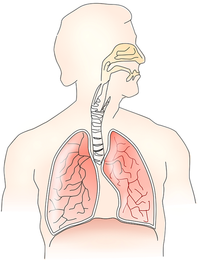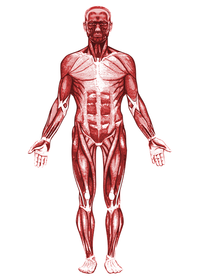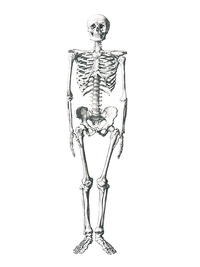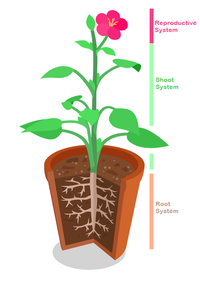Difference between revisions of "Organ System"
| Line 37: | Line 37: | ||
{| class="wikitable" | {| class="wikitable" | ||
|- | |- | ||
| − | |[[File: | + | |[[File:PlantSystems.png|center|200px]] |
| − | |||
|- | |- | ||
| − | | style="height:20px; width:200px; text-align:center;" | | + | | style="height:20px; width:200px; text-align:center;" |The Shoot System, Root System and Reproductive System of a [[Flowering Plants|flowering plant]]. |
| − | |||
| − | |||
| − | |||
| − | |||
| − | |||
| − | |||
| − | |||
|} | |} | ||
Revision as of 10:18, 14 September 2018
Key Stage 3
Meaning
An organ system is a group of organs which work together to complete a vital function for the organism.
About Organ Systems
- Organ systems work together to keep an organism alive.
- Organ systems are specialised for certain roles.
Organ Systems you should know:
- Human Digestive System
- Human Circulatory System
- Human Breathing System
- Human Nervous System
- Human Muscular System
- Human Skeletal System
Examples
| The Digestive System absorbs nutrients from food. | The Circulatory System transports nutrients, oxygen and waste around the body. | The Breathing System absorbs Oxygen and removes Carbon Dioxide from the blood. |
| The Nervous System controls the body and sends signals to and from the brain. | The Muscular System allows the body to move. | The Skeletal System supports and protects the body and produces blood cells. |
| The Shoot System, Root System and Reproductive System of a flowering plant. |

